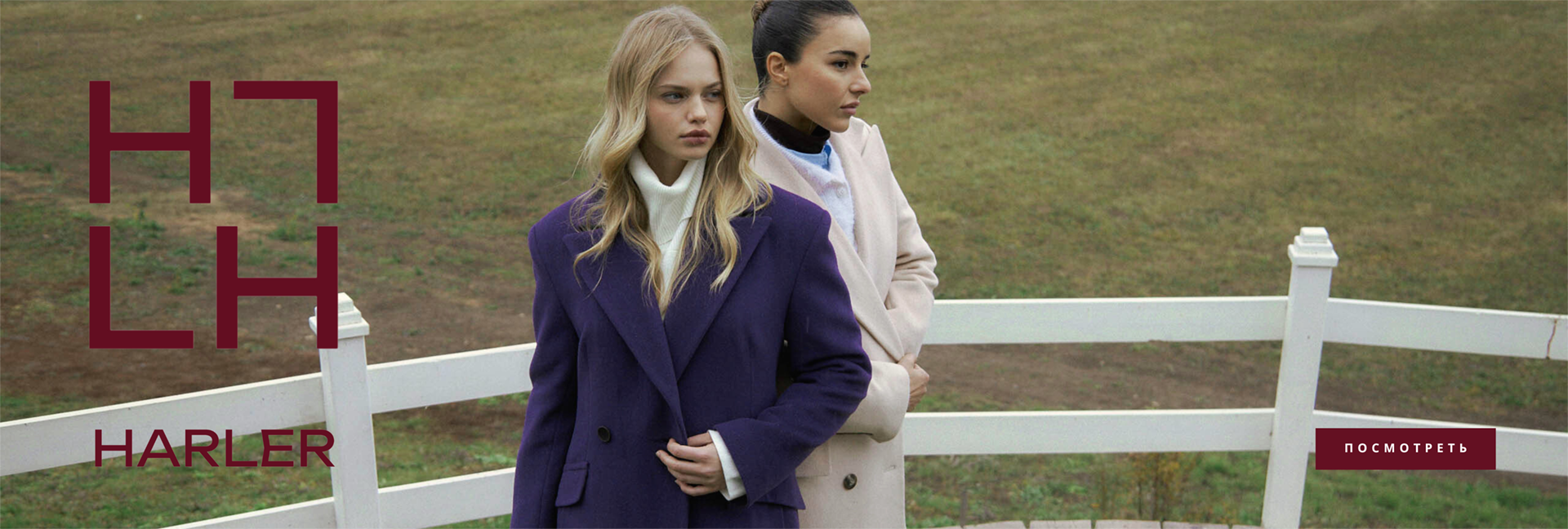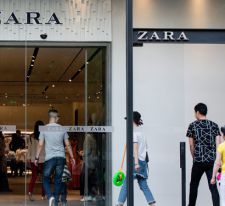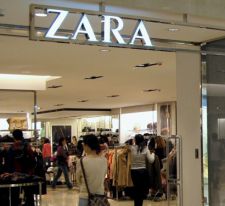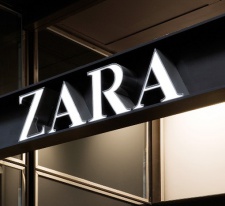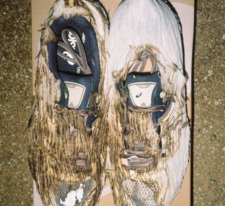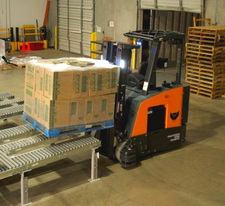ZARAZHENNYE
The process of transforming a creative idea into a successful brand requires special talent. Here it is necessary to find points of contact between various fields of activity: creativity and entrepreneurship. Experience ZARA This is not only an example of how to adapt to the bizarre requirements of customers, but also how to avoid management patterns and prejudices. Having worked in different years as an errand boy in a shirt shop, an apprentice with an Italian fashion designer, a manager in a ready-made dress store, Amancio Ortega firmly learned: to succeed, you need to hold on to production with one hand and the other for the client.
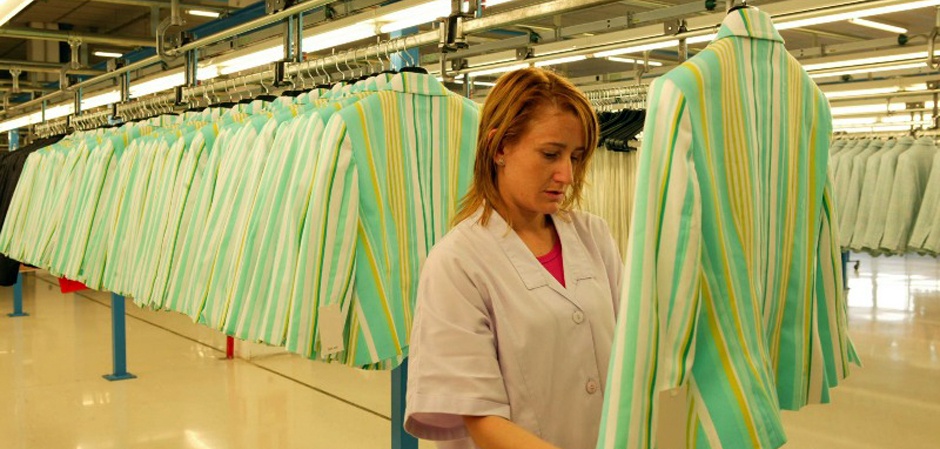
And always be at least half a body faster than a competitor. Therefore, he decided to use the revolutionary at that time business model Fast Fashion ("Fast Fashion"), which allows to significantly shorten the path of the product from the designer's sketch to the store counter. But it turned out to be quite difficult to put it into practice.
The trial and error period dragged on for ten years. Yes, the company was developing, the number of stores in Spain was increasing, but the business was growing quite differently from what its creator wanted. Tough, demanding, enterprising, able as no one else to anticipate market conditions, Ortega realized that today fashion is created not by the talents of fashion designers, but by the needs of the market. But trying to anticipate the tastes of customers entailed the risk of being left with unsold leftovers. And to implement the concept of Fast Fashion, it was necessary to change the goods an order of magnitude faster than usual. The decision came in 1984, when an information technology specialist appeared in the ZARA team Jose Maria Castellano. He developed a new scheme for the creation and distribution of clothing, directly closing the information loop that unites the end consumer with the initial links of the chain - those who were engaged in design, procurement, production and distribution.
All this made it possible to significantly shorten the period from design development to the product going on sale. It took only 10-15 days. In the fashion business, no one even dared to think about such promptness: as a rule, designers worked on the models of the next season for months. And ZARA offered customers the widest range in the shortest possible time and in limited batches. The work ahead of schedule was provided by a whole team of designers - more than 200 people who instantly reacted to the emergence of new trends and at the same time satisfied customer requests, improving existing models, performing them in a new color or material.
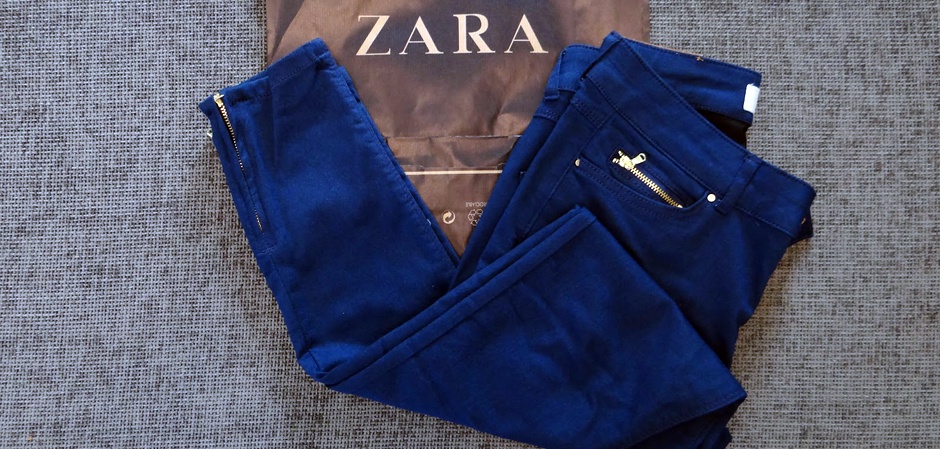
The design and production center ZARA is located in La Coruna. It occupies three spacious halls: women's clothing is designed in the first, men's clothing in the second, and children's clothing in the third. The names of the creators of tomorrow's fashion are classified. According to Amancio Ortega the buyer only needs to know one name ZARA. Each of the three lines has its own system of development, production planning, procurement and sales with a separate staff. It is clear that the maintenance of three production and sales channels is expensive, but these costs are compensated by the fact that the information in each channel is distributed directly, processed quickly, without bureaucratic delays.
Designers of ZARA annually develop about 40,000 models, about 10,000 of them are put into production. And since most models are presented in five to seven variants of colors and sizes, the total number of accounting units in the company's assortment is about 300,000 annually.
To be continued
Author: Igor Mamin
Photos provided by the author
